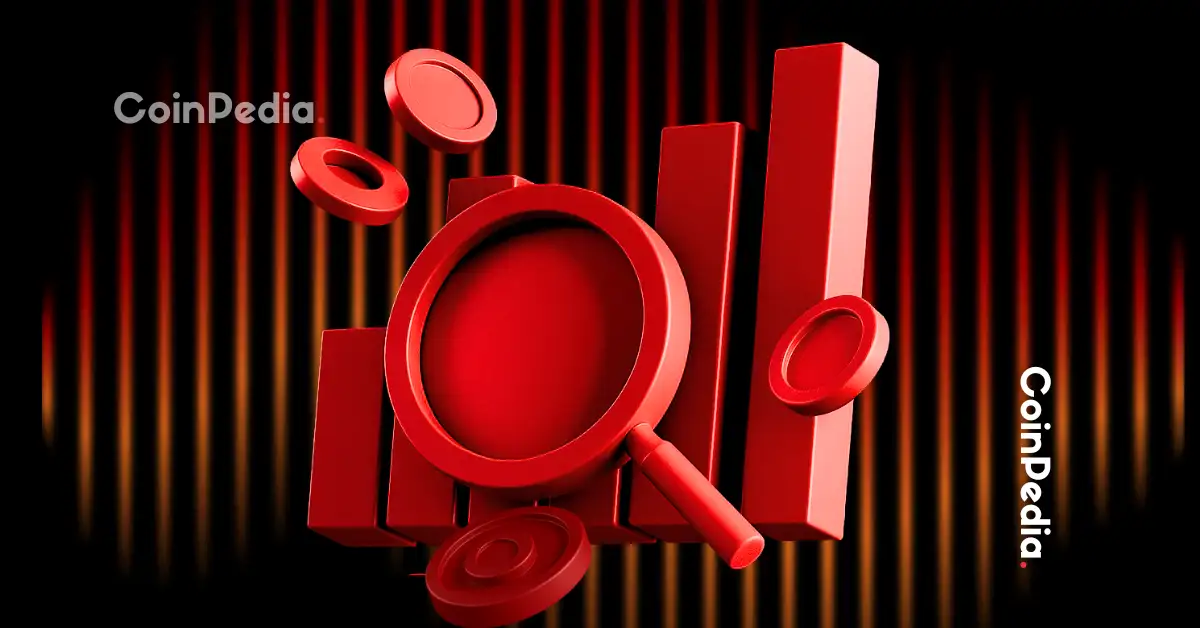
As Bitcoin hovers near resistance and Ethereum consolidates after its ETF-driven run, capital is quietly rotating into altcoins with real-world utility. The market narrative for 2025 is shifting: investors are increasingly hunting for tokens backed by infrastructure value rather than hype.
Among this class, three projects stand out for their growing adoption, institutional relevance, and long-term fundamentals: Filecoin (FIL), Toncoin (TON), and Hedera (HBAR). Each solves a tangible problem—decentralized storage, consumer payments, and enterprise tokenization—while trading at valuations that still look modest relative to their potential.
Filecoin remains one of the strongest infrastructure-layer projects in crypto, offering a decentralized storage marketplace that competes with centralized cloud providers. As data-heavy applications—particularly AI, research, and Web3 analytics—continue to grow, Filecoin is positioning itself as the decentralized alternative for long-term archival datasets.
Adoption continues to increase through its Proof-of-Data-Possession upgrades, enterprise onboarding, and rising dataset count across scientific and institutional users. More importantly,
Filecoin is evolving beyond “storage only,” pushing into retrieval markets and data services that create additional layers of demand for FIL.
As seen in the above chart, the FIL price is stuck within a falling wedge and has reached the edge of the pattern. The RSI is also descending, and hence a breakout seems to be on the horizon, but after a small pullback to the support of the pattern.
Forecasts point to a wide but constructive range:
Toncoin is becoming a consumer-facing payments layer thanks to its deep integration with Telegram—one of the largest messaging apps globally. With mini-apps, embedded wallets, and peer-to-peer payments rolling out, TON has a unique advantage that most blockchains lack: frictionless access to hundreds of millions of users without requiring them to “switch” platforms.
Telegram’s expansion into travel payments, e-commerce rails, and wallet-native experiences is starting to reflect in TON’s activity. Capital inflows from institutional players also continue to rise, attracted by TON’s growing role in global micropayments.
The TON price has dropped below the ascending trend line and has reached close to the support at $1.825. Meanwhile, the price is stuck between the base and conversion lines of the Ichimoku cloud, which are acting as support and resistance levels. Meanwhile, the weekly RSI has reached the lower threshold and is displaying a bullish divergence. Once validated, the price is expected to rise and initially reach $2.5 and further reclaim levels above the ascending trend line.
Analysts present a layered forecast:
Hedera positions itself as an enterprise-grade network offering fast, low-cost, high-throughput transactions powered by hashgraph consensus. Its governance council—which includes major global corporations—gives the project a high level of institutional credibility.
Hedera is gaining traction as a platform for real-world asset (RWA) tokenization, ESG data reporting, supply-chain infrastructure, and identity solutions. As banks, enterprises, and government-linked entities experiment with digital asset infrastructure, HBAR is benefiting from being one of the more “enterprise-friendly” chains.
The HBAR price appears to have reached the crucial support, which has been preventing extended loss since the start of the year. The RSI and OBV appear bearish, but with close observation, a small bullish divergence is seen. This suggests a rebound beyond $0.16 could be on the horizon.
Forecasts suggest a broad but positive range:
Hedera doesn’t move with hype cycles as aggressively as retail-driven assets — but its corporate partnerships and consistent development make it a strong longer-term play.
Across these projects, a clear pattern emerges:
The 2025 cycle is shaping up to be very different from previous ones. Instead of hype-driven rotation, investors are allocating toward infrastructure assets with measurable, real-world demand.
Filecoin, Toncoin, and Hedera represent three distinct but complementary sectors that could see outsized growth as data, payments, and tokenization become core components of the blockchain economy.
CoinPedia has been delivering accurate and timely cryptocurrency and blockchain updates since 2017. All content is created by our expert panel of analysts and journalists, following strict Editorial Guidelines based on E-E-A-T (Experience, Expertise, Authoritativeness, Trustworthiness). Every article is fact-checked against reputable sources to ensure accuracy, transparency, and reliability. Our review policy guarantees unbiased evaluations when recommending exchanges, platforms, or tools. We strive to provide timely updates about everything crypto & blockchain, right from startups to industry majors.
All opinions and insights shared represent the author's own views on current market conditions. Please do your own research before making investment decisions. Neither the writer nor the publication assumes responsibility for your financial choices.
Sponsored content and affiliate links may appear on our site. Advertisements are marked clearly, and our editorial content remains entirely independent from our ad partners.
Cardano founder Charles Hoskinson has reignited debate around blockchain infrastructure after commenting on recent moves…
XRP is approaching a moment that could define its next market phase. The token is…
Bitcoin could reach $250,000 by 2026, according to Cardano founder Charles Hoskinson, and his reasoning…
Japan's FY2026 tax reform outline proposes reclassifying crypto assets as financial products under the Financial…
Bitcoin is currently going through a calm but tense phase as it faces $23.6 billion…
When Solana traded near $10 in mid-2023, almost nobody believed it could recover, let alone…